Homage to Paris
Emmanuel Mané-Katz
1930
Image
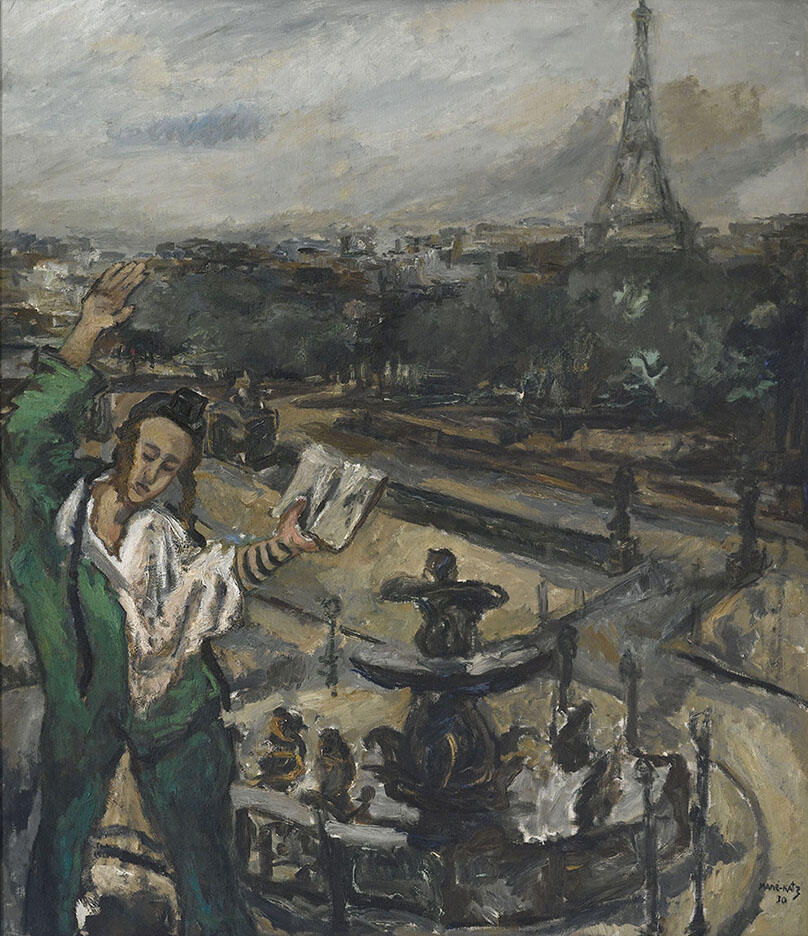
Engage with this Source
Creator Bio
Emmanuel Mané-Katz
1894–1962
The painter Emmanuel Mané-Katz was born Mane Leyzerovich Kats in Kremenchug, Ukraine, and as a child was destined for the rabbinate. At the age of seventeen, however, he left home to study art in Vilna and then Kiev and, in 1913, went to Paris. He was in Russia during World War I but returned in 1921 to Paris, where he befriended Pablo Picasso and other important artists, and was affiliated with the art movement known as the École de Paris. In 1931, his painting The Wailing Wall was awarded a gold medal at the Paris World’s Fair. During World War II, Mané-Katz lived in the United States but made Paris his home. Like Marc Chagall, he favored overtly Jewish themes drawn from his childhood in Eastern Europe.
You may also like
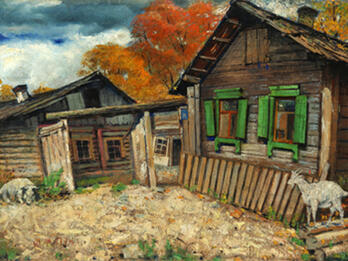
The House with a Goat
This bucolic, and clearly romantic, scene of a humble home in a shtetl or village is characteristic of Pen’s style and subject matter. Best known as a painter of everyday Jewish life, he was the…
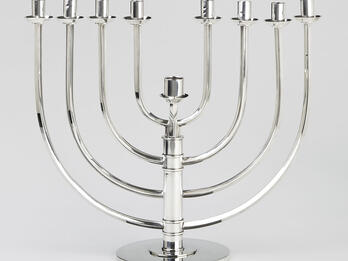
Hanukkah Lamp (Heilbronn)
This sleek and unornamented Hanukkah lamp is strikingly different in design from traditional menorahs. Inspired by the principles of the Bauhaus, it strives for both functionality and beauty but…
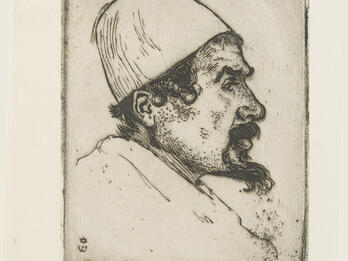
Yemenite Jew
Struck taught at the Bezalel School of Arts and Crafts, where Yemenite Jews were popular subjects. Many new Jewish arrivals in Palestine, interested in creating a Jewish cultural revival, viewed…
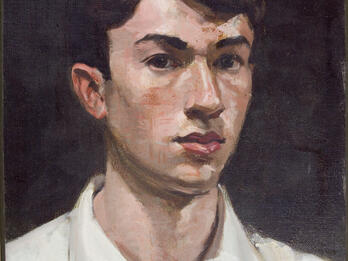
Portrait of a Boy in a White Shirt (Self-Portrait)
This expressionist self-portrait dates from the earliest period of Bloom’s career. He and his friend Jack Levine were the beneficiaries of a Harvard professor and patron of the arts, who provided them…
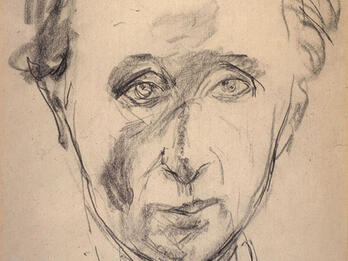
Léon Weissberg
Dobrinsky was a member of the School of Paris (École de Paris), a group of young artists, many of whom were Jews from Eastern and Central Europe. Dobrinsky’s friend and fellow artist Léon Weissberg…
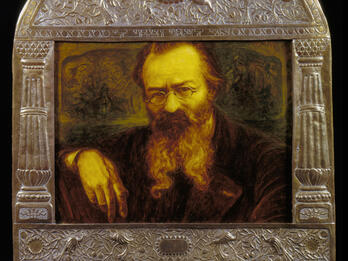
Self-Portrait
Schatz, a founder of the Bezalel School of Arts and Crafts, painted this self-portrait around the time the school was temporarily forced to close because of a lack of funds. He has depicted himself in…

